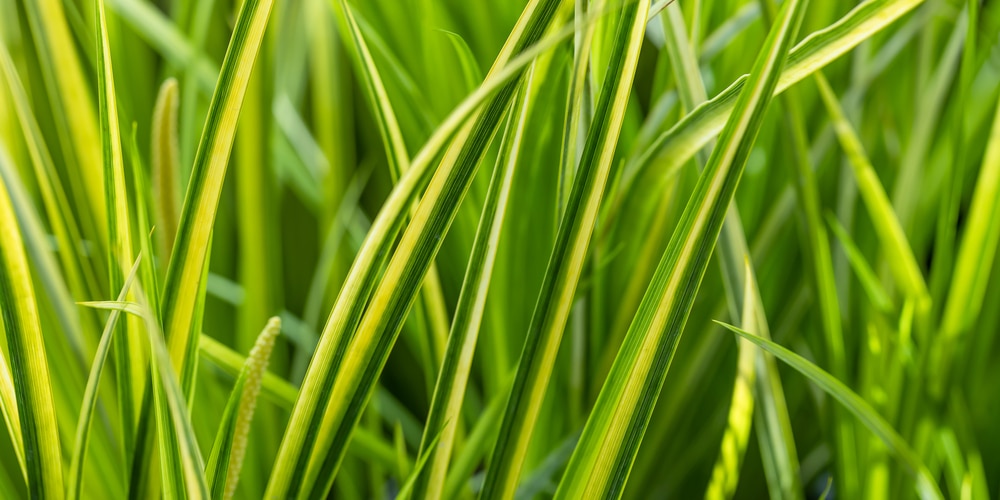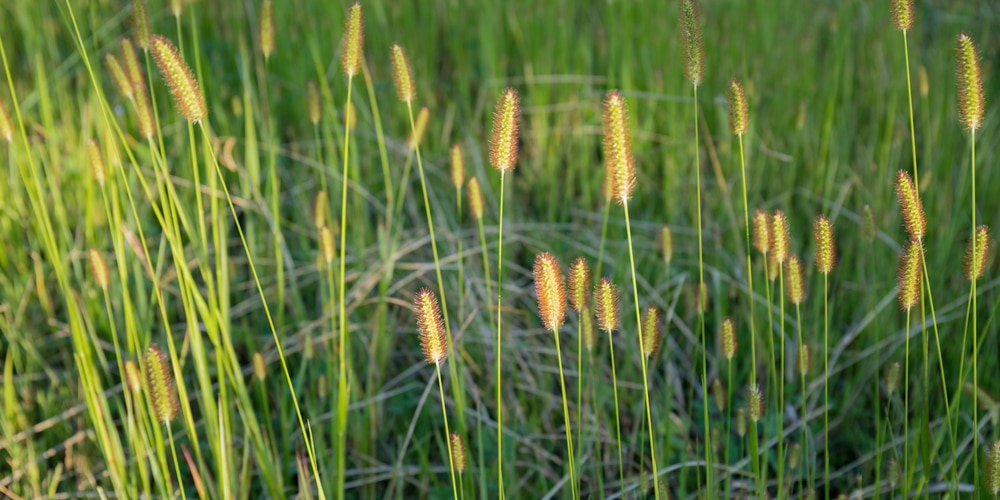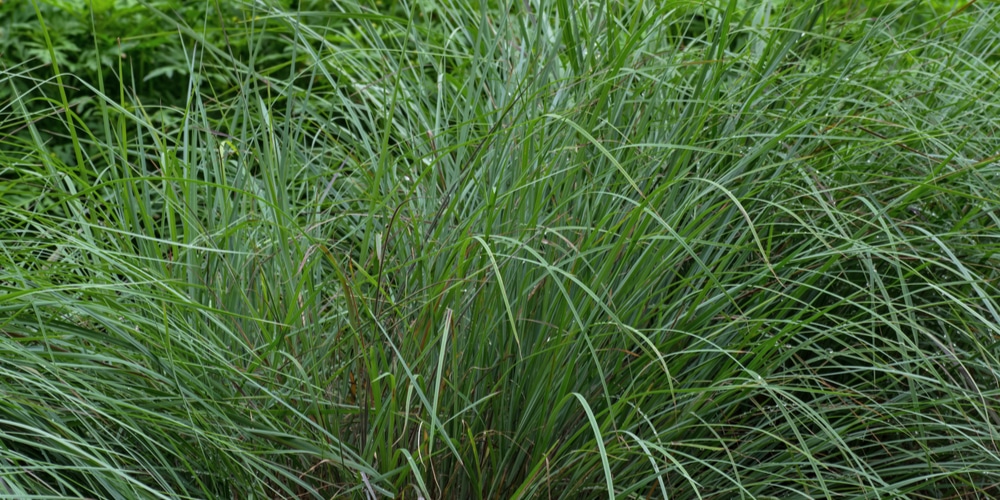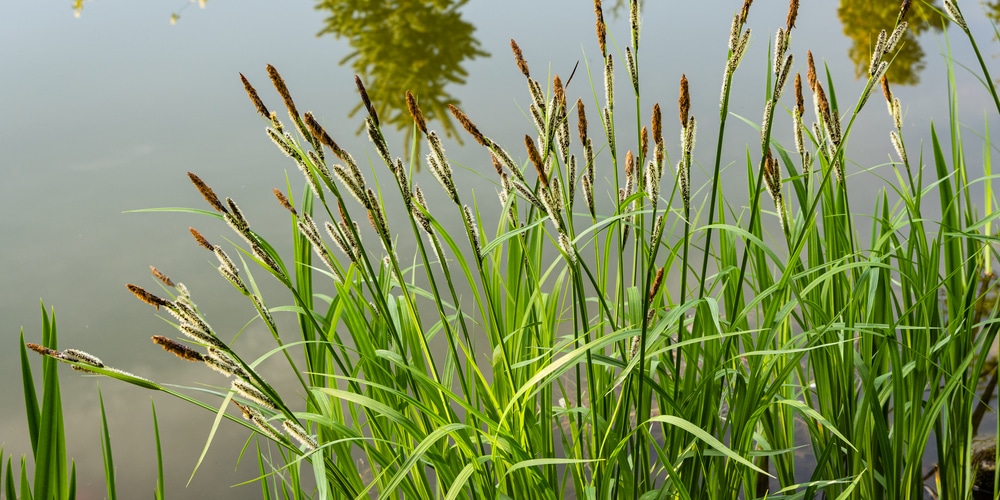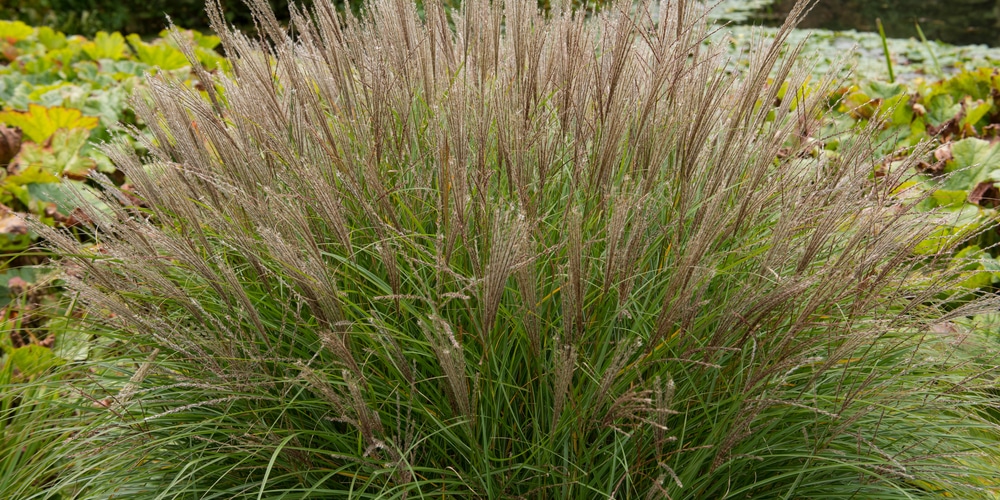When most people think of winter plants, the first thing that comes to mind is usually evergreens.
While evergreens are a vital part of any winter landscape, many other types of plants can add interest and beauty to your yard during the colder months. One such group of plants is ornamental winter grasses.
This blog post will discuss some of the best varieties of ornamental winter grasses and how to use them in your landscape!
What Are Ornamental Winter Grasses, And What Do They Look Like?
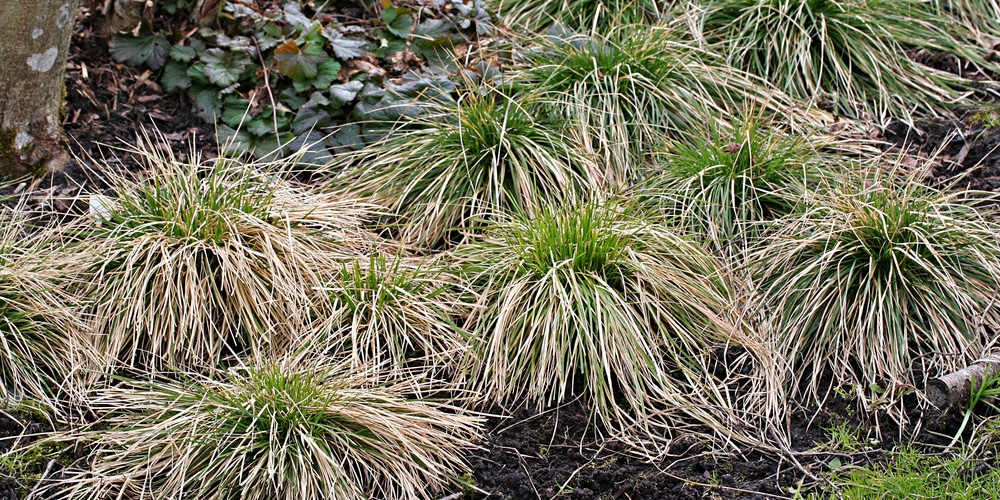
Ornamental winter grasses are a beautiful addition to any landscape, with their delicate feathery foliage and eye-catching colors. These hardy plants are ideally suited for colder climates, as they can withstand freezing temperatures and snowfall without experiencing any damage.
Interestingly, ornamental winter grasses can add color to the landscape. The foliage naturally turns yellow, red, and gold shades once the weather begins to cool down. Whether you’re looking to create a bold new display in your backyard or add some visual interest to your doorstep, ornamental winter grasses will impress!
Their graceful stems and intricate leaves add natural beauty to any challenging space to replicate. If you are looking for a plant that will make a statement and add some unique flair to your home, look no further than ornamental winter grasses.
The Best Types Of Ornamental Winter Grasses For Your Landscape
Ornamental winter grasses come in various shapes, sizes, and colors. Here are a few of the best types to consider for your landscape:
Acorus calamus, Sweet Flag
Acorus calamus, otherwise known as the sweet flag or Acoraceae, is a perennial plant native to northern parts of North America and Eurasia. This plant has long been prized for its unique fragrance and healing properties, but it is also highly regarded as an ornamental plant for gardens.
The sweet flag can grow in wetlands, marshy areas, along riverbanks, and around ponds. The plant’s long stems are topped with dark green leaves that smell sweet and spicy when crushed, while its small yellow flowers bloom from the tips of the stems in late summer.
Additionally, the sweet flag was traditionally used by Native American peoples as a medicine for treating anxiety, inflammation, digestive upset, fever, and more. Today, this potent herb remains a popular remedy for many conditions and an indispensable ingredient in perfumes and incense.
Alopecurus pratensis ‘Aureus’, Yellow Foxtail Grass
Alopecurus pratensis ‘Aureus,’ commonly known as yellow foxtail grass, is a beautiful ornamental grass native to Europe. It is a popular choice for gardens and parks due to its elegant, golden-yellow foliage.
This grass grows to a height of 30-60 cm and has long, slender leaves arranged in a rosette at the base of the plant.
The flowers are borne on spikes that can reach 1 meter in length. They appear in late spring or early summer and are followed by delicate, parachuted seeds. Alopecurus pratensis ‘Aureus’ is a hardy plant that tolerates both full sun and partial shade. It prefers moist soil but will also grow in dry conditions.
This grass is relatively low-maintenance and will add interest to any garden setting.
Andropogon gerardii, Big Bluestem
Andropogon gerardii, also known as Big Bluestem, is a hardy grass native to North America that grows in prairie and woodland environments across the continent. This attractive grass has long, ribbon-like leaves and produces large clusters of dark purple flowers in the fall.
In addition to its striking appearance, Big Bluestem is also known for its exceptional resilience; it can withstand a wide range of extreme climates, making it an excellent choice for natural landscaping.
Carex muskingumensis, Palm Sedge
Carex muskingumensis, or Palm Sedge, is a grass-like plant native to parts of North America. Growing up to three feet tall, this sedge has distinctive palm-like leaves that give it its common name. The leaves are green in color and have a sharp point at the end.
The flowers of the Palm Sedge are small and green, and they appear in late spring or early summer. This plant prefers moist soil and partial shade, making it a good choice for shady gardens. In addition to its attractive foliage, the Palm Sedge is also known for its ability to tolerate wet conditions. This makes it an ideal plant for areas prone to flooding or excessive rainfall.
Miscanthus Sinensis Silberfeder’, Silver Feather Maiden Grass
Miscanthus Sinensis Silberfeder, or Silver Feather Maiden Grass, is a beautiful and exotic-looking ornamental grass. The blades are silver-gray, and they have a feathery texture that makes them look like they’re covered in frost.
This grass is native to China, Japan, and Korea, and it’s been cultivated for centuries for its aesthetic appeal. Silver Feather Maiden Grass grows best in full sun and well-drained soil, and it’s relatively low-maintenance once established.
This grass is perfect for adding interest to any garden, and it’s also deer-resistant.
How To Care For Ornamental Winter Grasses
Ornamental winter grasses are a beautiful addition to any landscape. They add texture and interest during the colder months when most plants are dormant. However, they require some special care to ensure they remain healthy and look their best.
Here are a few tips on how to care for your ornamental winter grasses:
- Watering: Ornamental winter grasses are drought tolerant and only need to be watered once every two weeks. However, you may need to water them more frequently during extended periods of dry weather.
- Fertilizing: Use a slow-release fertilizer formulated for grasses when fertilizing your ornamental winter grasses. Apply the fertilizer in early spring and again in mid-summer.
- Pruning: These plants do not require much pruning, but you can cut them back in late winter or early spring to tidy up the appearance.
With these simple care tips, your ornamental winter grasses will thrive all season long!
Related Article: Tall Ornamental Grasses For Privacy
